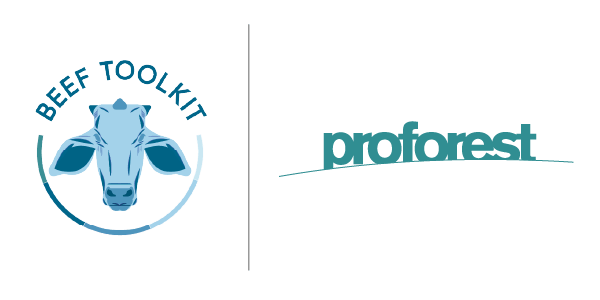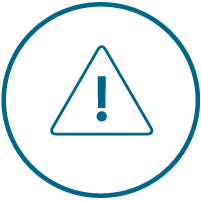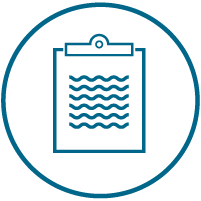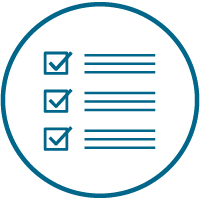Element 2a: Understand the Beef Supply Chain:
Beef Traceability and Supply Chain Transparency
Tracing the beef supply chain to origin is crucial for companies to identify social and environmental risk in their supply chains and to put in place measures necessary to ensure compliance with their commitments. However, cattle are raised across multiple different ranching stages, and tracing their origins to individual cattle ranches – where most sustainability risks occur – remains a significant challenge.
This element aims to do the following:
Consolidate best practices in the beef sector for traceability, with a geographical focus on Brazil
Outline a process for companies to map their beef supply chain and implement suitable traceability systems, considering the main tools and challenges for different stages of the supply chain
Showcase practical examples of what different companies are already doing to map and monitor their beef supply chain
The traceability process
Define traceability level and scope
Defining the level of traceability required to deliver on a responsible beef sourcing commitment is an important first step, as it enables companies to match their commitments with feasible resource allocation, and to achieve the granularity they need to take action.
For downstream companies, full traceability does not need to be the end goal, as this is costly and complex, and significant insights can be achieved by reaching the slaughterhouse level. This can be followed by engaging with a subset of priority suppliers based on a risk assessment. Upstream companies, on the other hand, should aim to trace cattle to the birth-farm level.
Gather information
Once the traceability level and scope has been determined, the next step is for companies to gather traceability data by engaging with their direct suppliers. Explaining to suppliers why traceability is needed and defining what information they are expected to share is an important part of the process. The type of information requested will differ between companies in different positions along the beef supply chain.
Map the supply chain
After gathering information from their direct suppliers, companies can map their beef or cattle product supply chain. There are many different ways to approach this, including using open data platforms such as Trase, working with suppliers to develop their existing systems, and using geomonitoring tools.
Mapping the supply chain beyond the slaughterhouse is perhaps the biggest traceability challenge facing companies due to a lack of data and visibility, but a number of innovative tools are being developed to address this issue.
categorise
Having mapped their supply chain, companies can then categorise their traced volumes as ‘known’ and untraced volumes as ‘unknown’. At this point, companies need to define a timebound plan to trace these ‘unknown’ volumes, thereby increasing the traceability of their supply chain.
monitor
The beef supply chain undergoes frequent changes in the supply base, so companies need to set up a system to update and review the ‘known’ volumes at regular intervals. Regular communication with direct suppliers is also important to monitor progress in traceability.
Key points
Companies may wish to validate information provided by suppliers using a verification process, managed by a third party.
Traceability usually takes time, sometimes several years. Therefore, defining a timebound plan to achieve the desired level of traceability is crucial.
It is important to remember that full traceability is not necessarily the ultimate goal, apart from in high-risk regions.
Improving supply chain traceability is only a tool to enable companies to take positive action: there comes a point where the data is sufficient for a company to start taking action, and continuing to pursue traceability data only diverts resources from changing actual practices.
More information is available in the briefing note below - BN02A Understand the Beef Supply Chain: Beef Traceability and Supply Chain Transparency







